Retention Bonus Letter Template for Employees
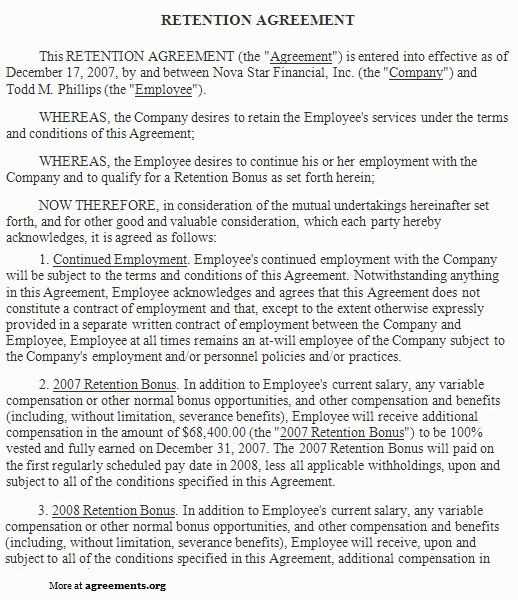
When trying to keep key employees within your organization, it’s essential to communicate your appreciation clearly. A formal agreement that highlights rewards for staying with the company can be a powerful tool. This kind of arrangement not only expresses gratitude but also motivates employees to remain committed during critical periods.
Creating an agreement that conveys the value an individual brings to the team, while also outlining the benefits of staying with the company, is crucial. The document should reflect the company’s genuine intent to offer incentives in return for long-term loyalty and hard work.
Understanding how to structure such a communication ensures clarity, minimizes confusion, and sets realistic expectations. It also shows your organization’s professionalism and appreciation for the hard work your employees do every day.
Overview of Retention Agreements
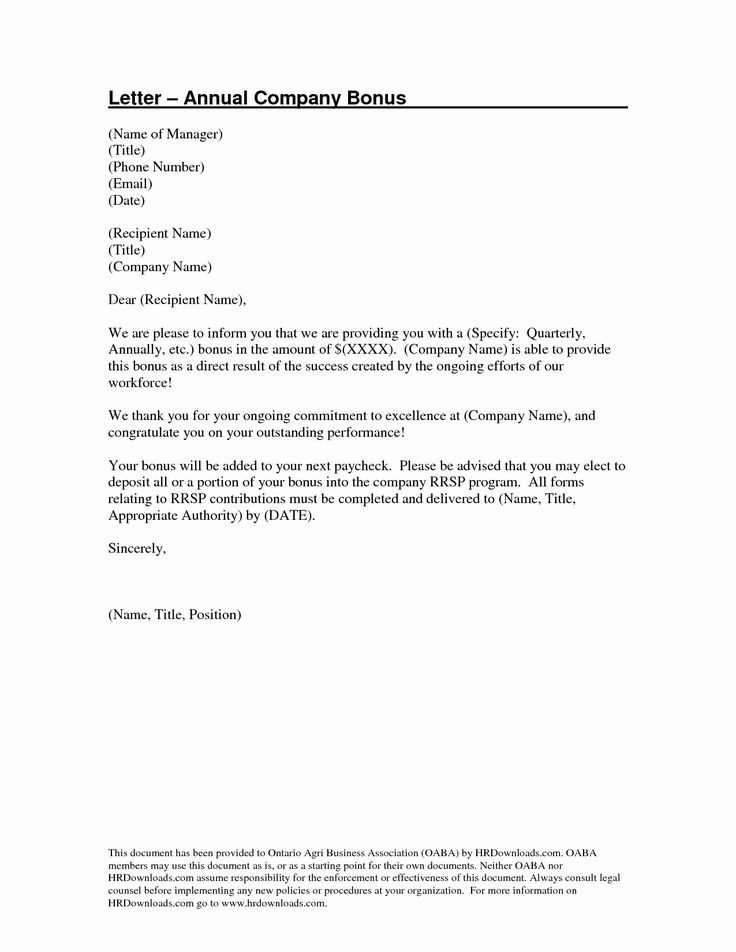
Keeping valuable employees on board during challenging times requires clear communication and well-defined offers. A formal document outlining rewards for continued service helps reinforce the company’s commitment to its workforce. This type of agreement aims to ensure that key personnel remain focused and dedicated, especially during critical periods or transitions.
There are several key elements to consider when crafting such an agreement:
- Clear communication: Make sure the purpose and expectations are clearly stated.
- Timing: Ensure the offer is made at the right moment, especially when the company needs employee commitment.
- Personalization: Tailor the offer to the individual, recognizing their specific contributions.
- Legal considerations: Ensure the agreement complies with legal requirements and company policies.
- Incentives: Specify the rewards being offered in return for continued service.
In this section, we’ll examine the core aspects of creating such an agreement and offer insight into how to present it effectively to employees.
Key Elements of a Retention Letter
Creating a successful document to encourage employee commitment requires careful attention to detail. The core elements of such a communication must clearly define the terms and expectations, ensuring both parties understand the commitment and benefits involved. A well-crafted agreement serves not only as a formal offer but also as a motivation tool for employees to stay with the organization.
The following are essential components to include:
- Introduction: Clearly explain the purpose of the agreement and the company’s intent.
- Incentive details: Outline the specific rewards being offered for continued employment.
- Duration: Specify the period during which the offer is valid and the required time frame for eligibility.
- Conditions: List the conditions under which the agreement remains valid, including any performance expectations.
- Clarity: Use straightforward language to avoid ambiguity, ensuring both parties understand the terms.
These elements are crucial to making the agreement effective and ensuring a smooth communication process between the company and its employees.
How to Personalize the Offer
Personalizing an incentive agreement is key to making it meaningful for the employee. A tailored approach shows that the company values the individual and recognizes their unique contributions. By aligning the offer with the employee’s achievements, preferences, and role, you can strengthen the bond between the organization and its top performers.
To personalize the offer effectively, consider the following aspects:
- Acknowledging individual contributions: Reference specific achievements and the employee’s role in the company’s success.
- Customizing the rewards: Offer incentives that are relevant to the employee, such as career development opportunities, flexible work arrangements, or financial rewards.
- Tailoring the terms: Adjust the terms based on the employee’s length of service, performance, and future goals within the organization.
- Personal tone: Use a friendly yet professional tone that reflects the company’s appreciation for the employee’s efforts.
By customizing the offer in this way, it becomes more than just an agreement – it becomes a statement of respect and recognition for the individual’s impact within the company.
Legal Considerations in Retention Agreements
When drafting an agreement to encourage employee loyalty, it’s crucial to address the legal aspects to avoid potential issues. Ensuring the offer is clear, enforceable, and compliant with employment laws protects both the company and the employee. Proper legal attention can help prevent misunderstandings and disputes down the line.
Here are some key legal points to consider:
- Employment laws: Ensure the agreement complies with local labor laws, including wage and hour regulations, anti-discrimination laws, and contract laws.
- Terms and conditions: Clearly define the terms of the agreement, including eligibility criteria, timelines, and any performance requirements.
- Tax implications: Understand the tax consequences for both the company and the employee, as certain incentives may be taxable.
- Non-compete and confidentiality clauses: If applicable, include provisions related to non-compete or confidentiality agreements to protect the company’s interests.
- Enforceability: Make sure the terms of the agreement are reasonable and enforceable in a court of law.
By addressing these legal considerations, the company can ensure that the agreement is fair, transparent, and compliant with all applicable regulations.
Best Practices for Crafting Letters
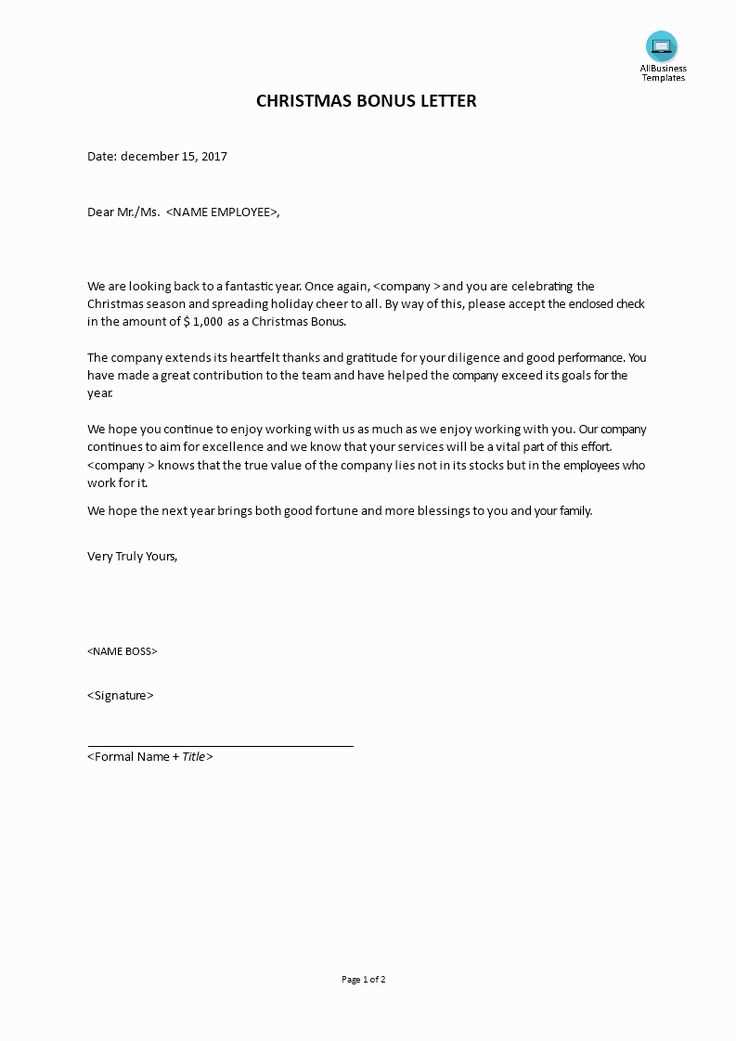
When creating a formal document to motivate key employees, the structure and tone are essential for ensuring the message is received positively. A well-written communication can not only express gratitude but also encourage continued commitment from the employee. Following certain best practices helps ensure clarity, professionalism, and effectiveness.
Effective Structure and Content
Organizing the document logically is crucial for readability and impact. Consider the following elements:
- Clear introduction: Start with a brief explanation of the purpose, ensuring the employee understands the intent of the document.
- Specificity: Include details about the reward, the reasons for offering it, and the time frame during which the employee must remain committed.
- Personalization: Tailor the content to reflect the employee’s unique contributions and value to the company.
Tone and Language
Maintaining the right tone throughout the communication is vital. Follow these guidelines:
- Professional yet warm: Use a tone that conveys respect and appreciation while remaining professional.
- Clarity: Avoid jargon or complex language to ensure the message is easily understood.
- Encouraging: Frame the offer in a way that motivates the employee to stay with the organization, emphasizing long-term benefits.
By adhering to these best practices, you can ensure that the document not only serves its intended purpose but also fosters a positive and motivating relationship between the company and the employee.
Common Mistakes to Avoid in Writing
When drafting an agreement to encourage employee loyalty, it’s easy to make errors that could lead to confusion or dissatisfaction. These mistakes can undermine the purpose of the document and damage the relationship with the employee. Being aware of common pitfalls ensures the document is clear, professional, and effective in achieving its goals.
Here are some key mistakes to avoid:
- Unclear language: Ambiguous or complex terms can cause confusion. Make sure the language is simple, precise, and easy to understand.
- Vague terms: Avoid being too general about the rewards or expectations. Specific details about what is being offered and the conditions for receiving it are crucial.
- Failure to customize: Using a one-size-fits-all approach can come across as impersonal. Tailoring the document to the individual employee makes it more meaningful.
- Ignoring legal requirements: Failing to address the legal aspects of the agreement can lead to complications later. Ensure all necessary legal terms are included.
- Overpromising: Be realistic about what is being offered. Making promises that cannot be kept can lead to disappointment and distrust.
- Lack of follow-up: Not establishing clear next steps or follow-up actions can leave both parties uncertain about what comes after the agreement is made.
By avoiding these mistakes, you ensure that the communication is professional, clear, and aligned with both the employee’s and the company’s expectations, fostering a positive outcome for all parties involved.
How to Deliver a Retention Offer
Presenting an offer to retain key employees is a delicate process that requires careful planning and execution. The way the offer is communicated plays a significant role in how it is received and accepted. A well-timed and thoughtful delivery ensures that the employee feels valued and motivated to stay with the company.
Choose the Right Moment
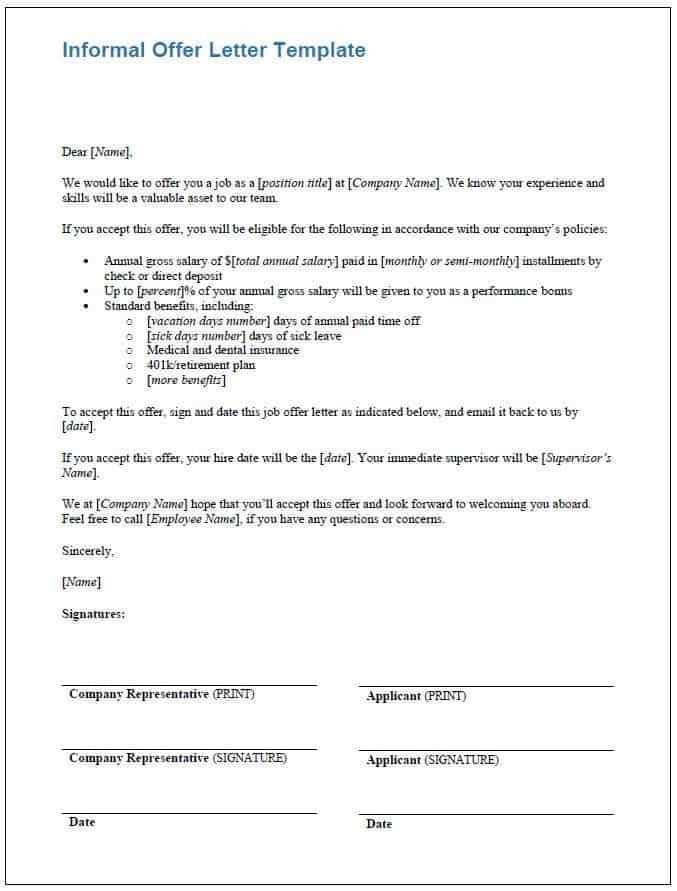
Timing is essential when making such an offer. Delivering it at the right moment can enhance its impact. Consider the following:
- Employee’s performance: Ensure the offer is made when the employee is performing well and has demonstrated value to the company.
- Timing within the year: Try to align the offer with key business goals or periods when the employee’s contribution is most crucial.
- Context of the conversation: Offer the incentive in a one-on-one meeting or during a performance review for a more personal touch.
Communicate Clearly and Effectively
Clear communication is vital to ensure the offer is well understood. Here are some key points to keep in mind:
- Be direct and concise: Clearly explain the details of the offer without ambiguity. Keep the conversation focused on the essential points.
- Explain the benefits: Ensure the employee understands the long-term value of the offer and how it aligns with their career goals.
- Provide details: Outline any timelines, conditions, or next steps to ensure both parties are on the same page.
Using a Structured Approach
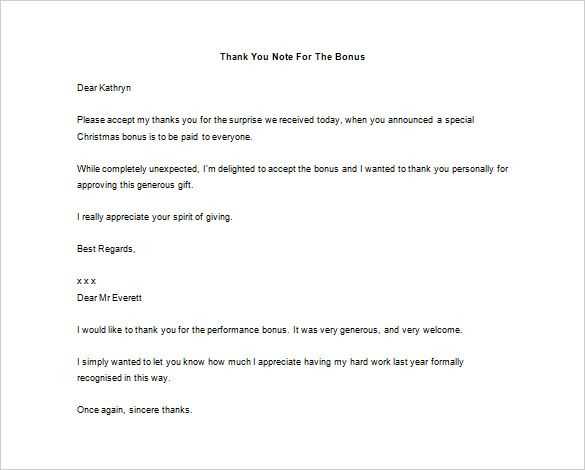
Delivering the offer in a structured and formal way can lend authority to the communication and enhance its professionalism. Below is an example of how to structure the delivery:
| Step | Action |
|---|---|
| 1 | Schedule a meeting with the employee in a private setting. |
| 2 | Explain the purpose of the meeting and acknowledge their contributions. |
| 3 | Present the offer clearly, highlighting the terms and the rationale behind it. |
| 4 | Provide time for the employee to ask questions and clarify details. |
| 5 | Summarize the next steps and confirm understanding of the offer. |
By following these steps, you can ensure the offer is delivered in the most effective and positive manner, increasing the likelihood of it being accepted and reinforcing the employee’s commitment to the organization.